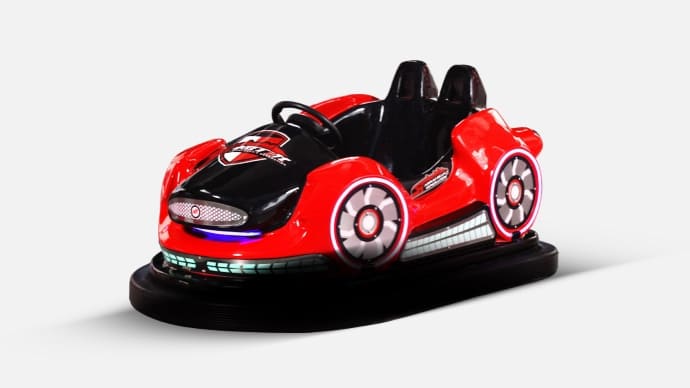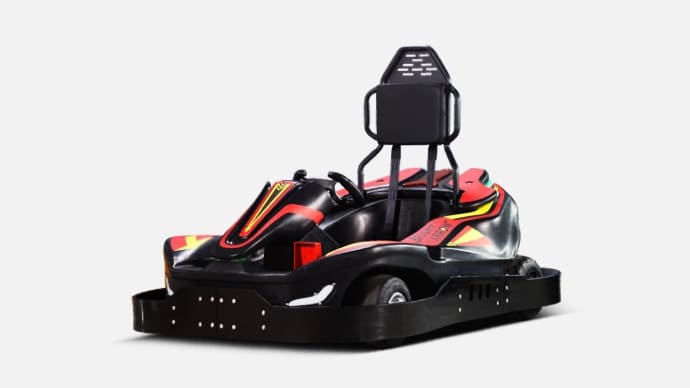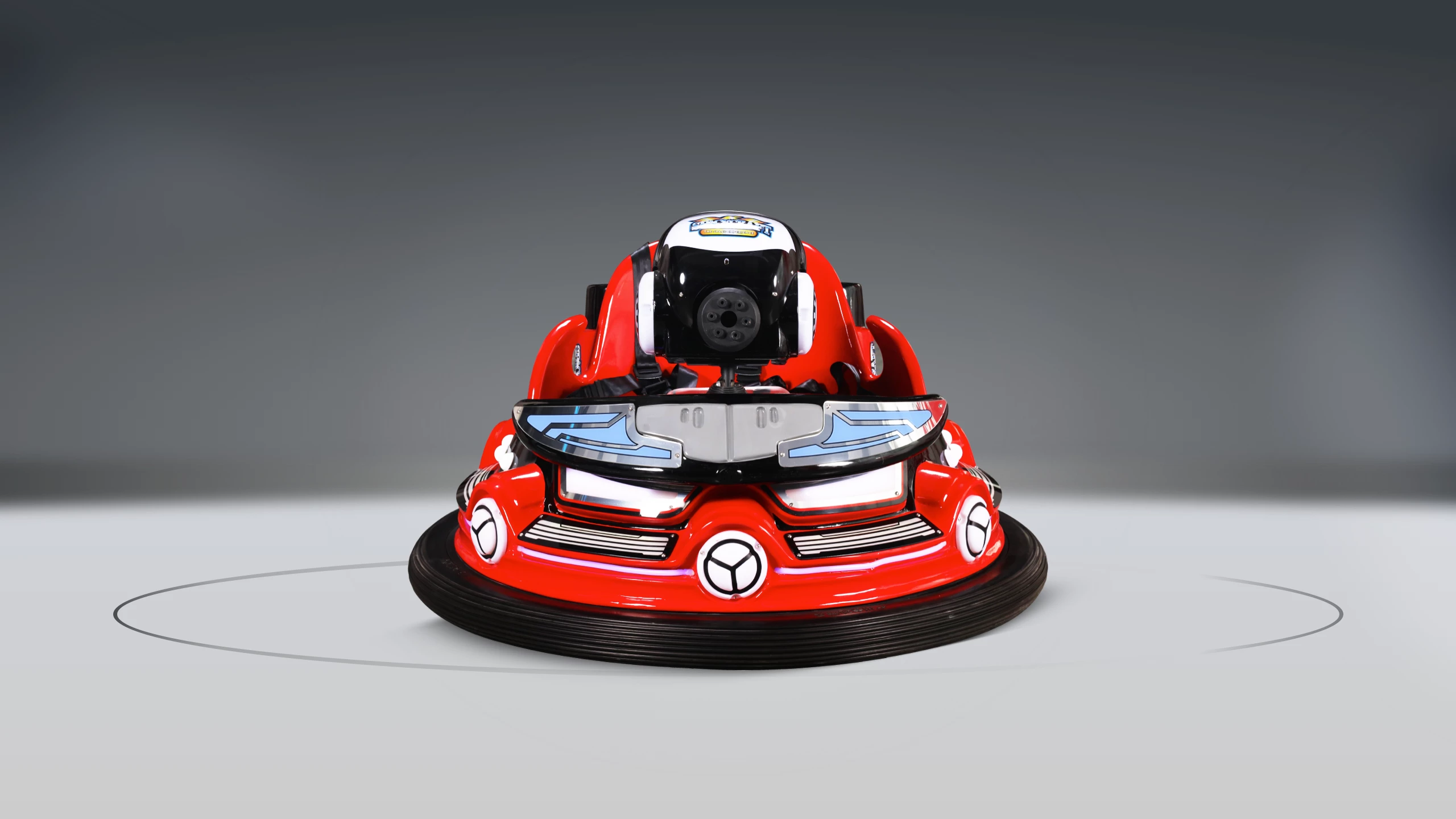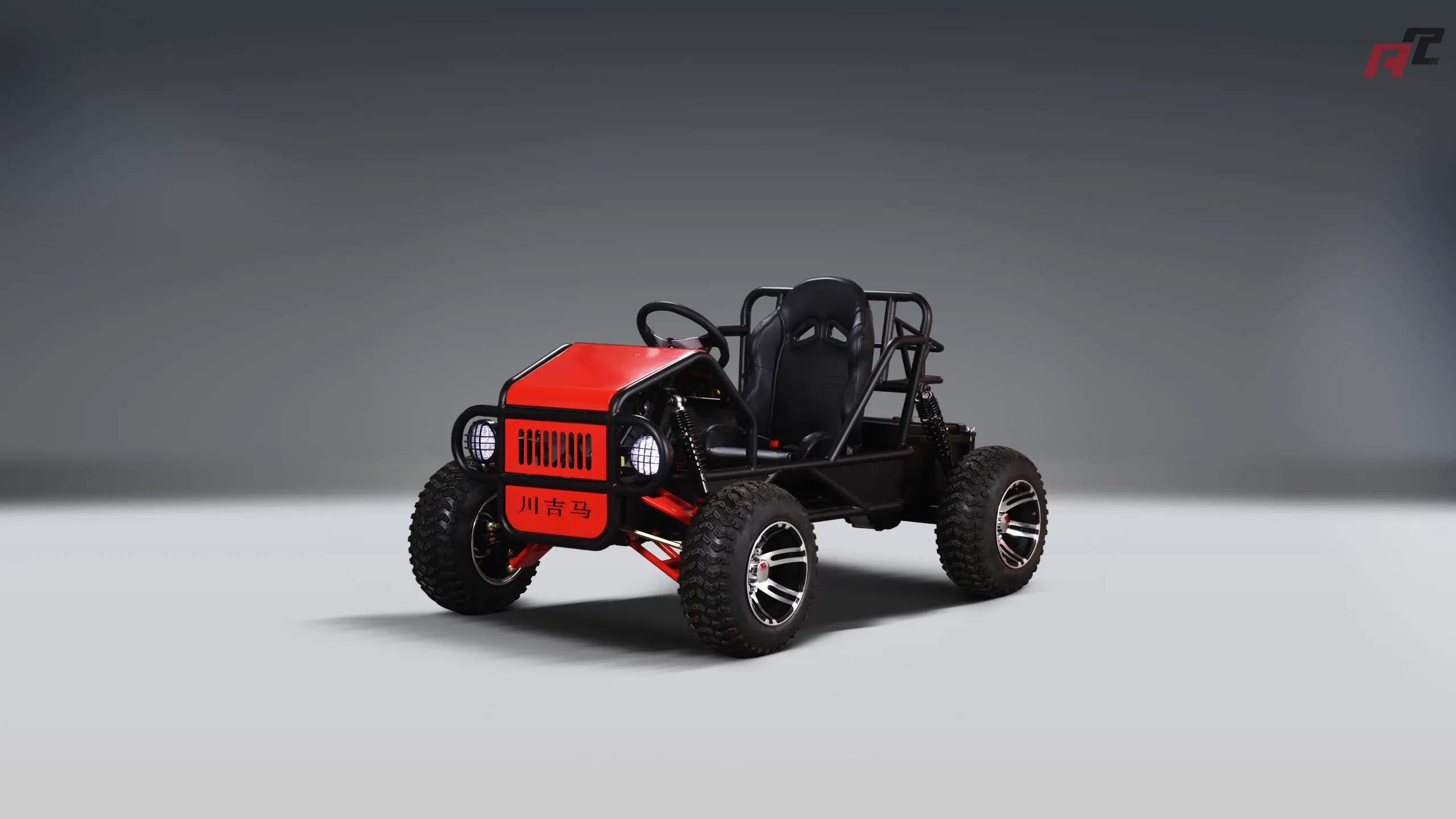Does a Bumper Car Require Special Insurance or Permits?
Explore the essential insurance and permit requirements for bumper cars in the go-kart industry, including liability coverage, safety standards, and regulatory compliance.
As a professional in the go-kart industry, understanding the insurance and permit requirements for bumper cars is crucial to ensure safety, legal compliance, and operational success. Below are key considerations:
Bumper Car Insurance and Permit Requirements: Essential Insights for Go-Kart Industry Professionals
1. What Types of Insurance Are Required for Bumper Cars?
Bumper car operations typically require comprehensive liability insurance to cover potential accidents and injuries. This includes general liability insurance, which protects against third-party claims for bodily injury or property damage, and workers' compensation insurance for employee-related incidents. The specific coverage amounts may vary based on local regulations and the scale of operations.
2. Are There Specific Permits Needed to Operate Bumper Cars?
Yes, operating bumper cars often necessitates obtaining specific permits and licenses. These may include amusement ride permits, business licenses, and health and safety certifications. Requirements differ by jurisdiction, so it's essential to consult local authorities to ensure full compliance.
3. How Do Local Regulations Affect Bumper Car Operations?
Local regulations play a significant role in bumper car operations. For instance, in Illinois, vehicles with bumpers or attaching components modified from the original manufacturer's design must adhere to specific bumper height requirements. These regulations ensure safety and uniformity in vehicle design.
4. What Are the Safety Standards for Bumper Cars?
Safety standards for bumper cars include regular inspections, adherence to manufacturer guidelines, and compliance with local safety codes. Operators should ensure that all equipment is well-maintained, staff are trained in safety protocols, and emergency procedures are in place.
5. How Can Insurance Claims Impact Bumper Car Operations?
Insurance claims can affect bumper car operations by influencing insurance premiums and potentially leading to increased scrutiny from regulatory bodies. It's crucial to maintain a strong safety record to minimize claims and associated costs.
6. Are There Liability Concerns Specific to Bumper Cars?
Yes, liability concerns specific to bumper cars include potential injuries to riders, staff, or bystanders. Ensuring adequate insurance coverage, implementing strict safety protocols, and conducting regular training can mitigate these risks.
7. How Do Insurance Requirements Vary by Location?
Insurance requirements for bumper cars vary by location, with different states and municipalities imposing unique regulations. It's essential to research and comply with local laws to operate legally and safely.
8. What Are the Costs Associated with Insurance and Permits?
Costs for insurance and permits depend on factors such as location, scale of operation, and coverage levels. While comprehensive coverage may increase operational expenses, it is a necessary investment to protect the business and ensure compliance with legal requirements.
In conclusion, understanding and adhering to insurance and permit requirements is vital for the successful operation of bumper car attractions. By ensuring compliance with local regulations and maintaining high safety standards, operators can provide a secure and enjoyable experience for all participants.
ANCHI Amusement offers a range of bumper car products designed with safety and quality in mind, ensuring compliance with industry standards and providing a reliable addition to your amusement offerings.
Note: The information provided is based on available data and may vary by jurisdiction. It's recommended to consult local authorities and legal experts for specific requirements.















